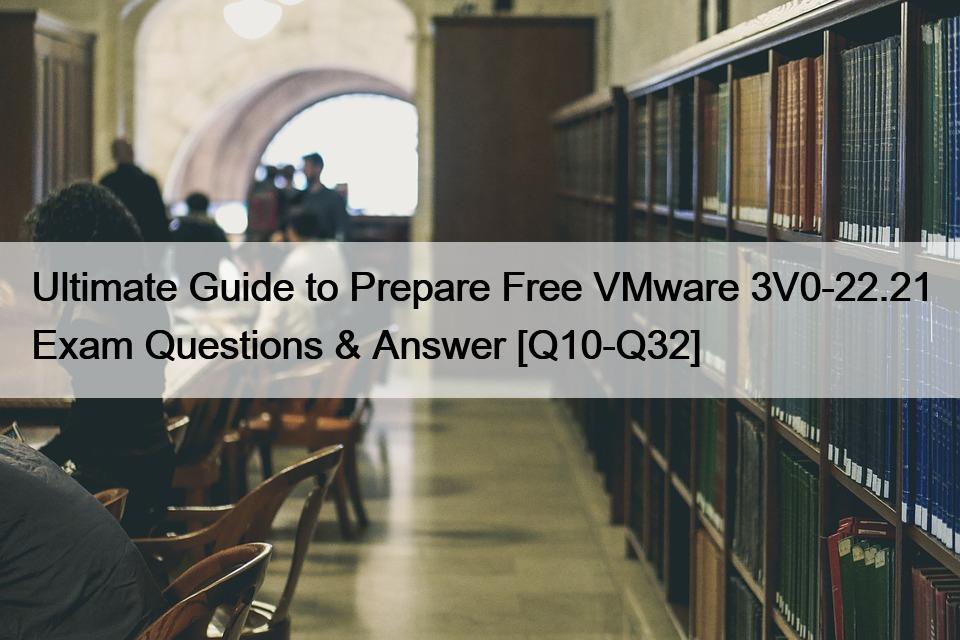2023 Updated VMware 3V0-42.20 Dumps PDF – Want To Pass 3V0-42.20 Fast
3V0-42.20 Practice Exam Dumps – 99% Marks In VMware Exam
VMware 3V0-42.20 certification exam is aimed at IT professionals who have a deep understanding of VMware NSX-T Data Center and its applications, as well as experience in designing and implementing virtualization solutions. 3V0-42.20 exam is designed to test the candidate’s knowledge of NSX-T Data Center design principles, including best practices and design methodologies. Candidates who successfully pass the exam will be able to demonstrate their ability to design and implement VMware NSX-T Data Center solutions that meet the needs of businesses of all sizes.
VMware NSX-T data center is a software-defined networking solution that enables organizations to create dynamic, scalable, and secure virtual networks. It provides a comprehensive set of networking and security services that can be used to build complex multi-cloud architectures. The 3V0-42.20 exam tests the candidate’s ability to design NSX-T data center solutions that meet specific business requirements, including scalability, performance, and security. 3V0-42.20 exam also covers topics such as network virtualization, micro-segmentation, load balancing, and network automation.
Updated Verified 3V0-42.20 Q&As – Pass Guarantee: https://www.prepawaypdf.com/VMware/3V0-42.20-practice-exam-dumps.html



